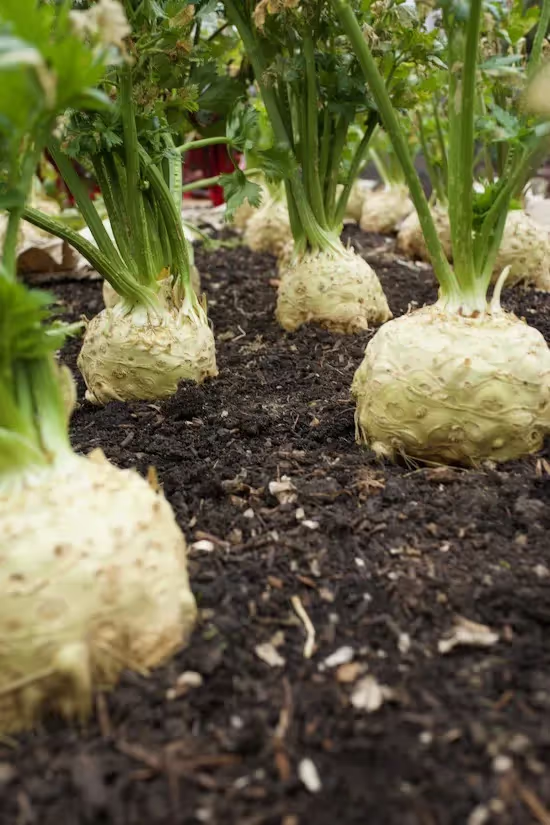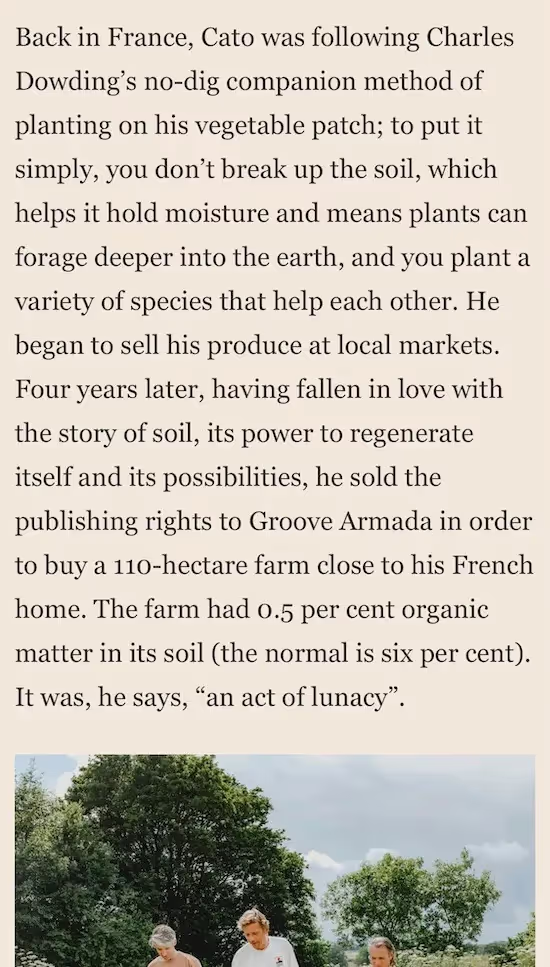November 2021 make compost, sow broad beans, soil and compost biology and weed mulch, clean brassicas
Heading

The change of clocks is matching a change of weather, and in both senses it’s now wintry more than autumnal. Follow my tips below for a last few sowings, making more and better compost, and enjoy the photos of soil microlife. So much life, and we increase it with no dig.
Maybe you can make it to Street on Saturday, for my latest talk about no dig. And I am speaking at the Agri Festival of Mauritius, November 11th-12th.



Making compost
It’s fantastic how much interest there is in making compost. They are always popular videos, see my latest one and also you can access them all in this compost making guide of all my videos on the subject, from Retrieve.
Autumn sees a nice balance of green and brown materials. Often it is too wet and we add a few extra woody materials to balance that. Tree leaves are good, especially if you can chop the with a lawnmower. Adding dry paper helps too.



Propagation
The years last sowings, or perhaps one should say they they are the first sowings of next year. Some people do say that the gardening year finishes in September. There is still the chance to transplant vegetables for salad leaves which you sowed earlier. You can also sow garlic still, outside or undercover.
My main sowings now are broad beans to transplant after a month, and peas to transplant under cover, for harvests of pea shoots through winter into spring. The pea photo below was taken in March, not now, we are sowing today into my CD60 trays, more details about them here.


Pests and weeds
We shall soon see extra damage as pests grow hungrier. I have bird netting in reserve.
One good thing about winter is that bindweed does not grow. Hence there is no point in mulching now with say cardboard against bindweed, although now is a good time to cover other weeds such as grasses, chickweed, bittercress and nettles. See my no dig online course and also my no dig book.



Multisowing
Many of you now know these wonderful combinations and possibilities.
I was amazed on Twitter to see photos of celeriac grown three in a clump, and they were of respectable size. There is more to discover!



The world under our feet
When I see these photographs of so many micro organisms moving around in the soil, it reinforces my desire to interfere as little as possible. The photo on the left is from the bed I dig every December as part of my two bed trial. Its contents are well separated, compared to the photo on right of the no dig bed. You can see aggregation of soil into small lumps (soil structure) which ensure drainage and aeration. The glue for these lumps is based on carbon and originates I believe with the sheaths of old mycorrhizal fungi sometimes called glomalin.
The difference in growth between these two beds is less this year than previously, and I think it might be to do with having removed the wooden sides. Possibly this has allowed more fungal reinvasion of the soil, from pathways where the soil is super healthy thanks to mulch of old wood chip.
The beds are 1.5 x 5m and see details in this page of my website.



Autumn vegetables
So many plants are coming to fruition. Fennel is just three months since sowing, see my online lesson about that, the cabbage are five months. Endives are star performers at this time – we pick some of outer leaves and leave others to make lovely hearts. Links are to lessons in my online Seed to Harvest course.



Le Manoir
It was a pleasure to catch up with old friends at Raymond Blanc’s hotel and restaurant in Oxfordshire. The occasion was a launch of Anna Greenland’s new book, Grow Easy which is excellent for container growing and small plots, using organic methods. She was head vegetable gardener at Le Manoir for three years. I also met her successor John Driscoll, who showed me the results of the rocket composter. It’s not working brilliantly, partly because of the large amount of oil in kitchen wastes which emulsify particles in the compost, reducing flow of air.
It was great to have a chat with Raymond, who explained about his new courses next spring: maybe I shall be teaching about no dig on one of them. He is passionate about soil, I respect him for that alone, not to mention cooking!



Grow your own #nodigforlife
It feels like I’ve spent my life around the edge of things and not done enough to prevent environmental destruction. We campaigned in the 1980s against use of poisons in farming, thought we could make a significant difference. But look now at the amount of stronger chemicals being applied to farms and gardens.
Then last weekend we saw this comment in the Financial Times and it helps me to see that more is happening than I realise (this is his wildfarmed project). And now it absolutely needs to happen because for example of the massive increase in fertiliser price. We are starting a campaign with this hashtag #nodigforlife, wanting many to make the small difference. Do use it. No dig keeps carbon in the soil for example. which makes it interesting for teenagers I hope.



Get Charles's advice in his free newsletter
& 10% off your first order in our shop




